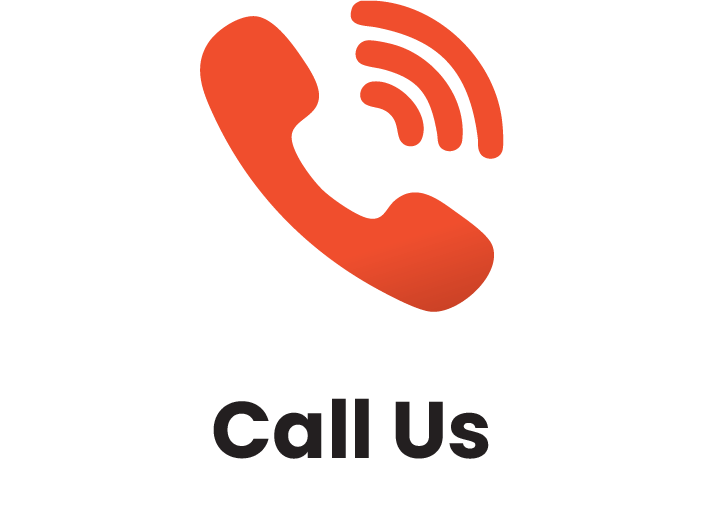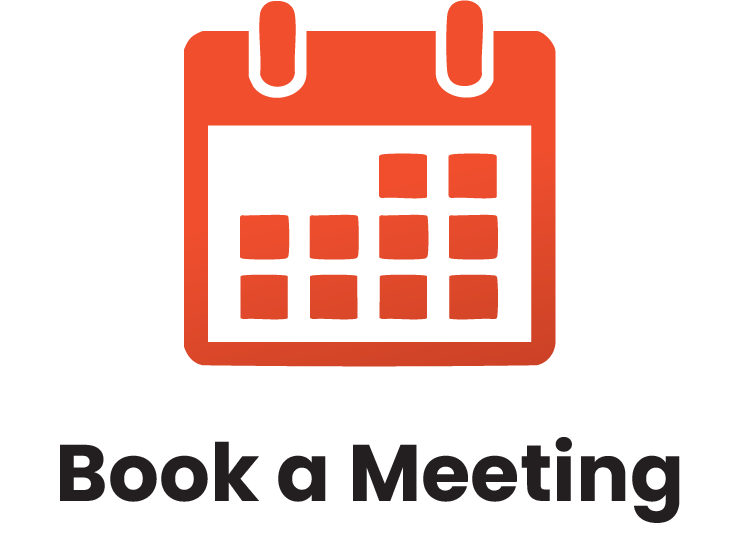Interactive training sessions led by experienced facilitators.
What is In-Person, Instructor-Led Training?
Our in-person training is delivered by a live facilitator who works directly with your team at your location. It’s our most popular format because it allows for real-time interaction, hands-on learning, and direct support.
Every session is tailored to your team’s specific goals, industry, and challenges—no generic, one-size-fits-all programs. Whether it’s a single session or a full training series, we design the experience to be relevant, practical, and fully aligned with your needs.
What is Live Webinar Training?
Live webinars are facilitator-led training sessions delivered online in real time. They’re ideal for teams working in different locations or with busy schedules.
This format offers shorter, more frequent sessions that are easy to coordinate—making it a convenient option for organizations with remote or distributed teams.
What is Virtual Classroom Training?
Virtual Classroom training is live, instructor-led training delivered online. It offers the same interactive experience as in-person sessions, with real-time discussions, group activities, and instructor feedback.
It’s a flexible option for organizations that want to reduce travel, save costs, or better fit training into busy schedules.
What is a Lunch & Learn Session?
Lunch & Learn sessions are short, facilitator-led training sessions delivered in person or online—typically during the lunch hour. They focus on specific topics or skills and offer a quick, engaging way to learn without a full-day commitment.
These sessions can be offered as one-time events or as part of a series, making them a great option for ongoing, bite-sized learning.
Online Learning
Enjoy our self-paced option and learn from anywhere!
$279.00 USD
Customer Service Training: Critical Elements of Customer Service
While many companies promise to deliver an incredible customer experience, some are better at delivering than others. This two-day course is designed around six critical elements of customer service that, when the company lives them, bring customers back to experience service that outdoes the competition.
What Will Be Covered
LEARNING OBJECTIVES
Learning Objectives
Specific learning objectives include:
- Demonstrate a customer service approach
- Understand how your own behavior affects the behavior of others
- Demonstrate confidence and skill as a problem solver
- Apply techniques to deal with difficult customers
- Make a choice to provide customer service


A Deeper Look
COURSE OUTLINE
A breakdown of each session included in this course.
What is Customer Service?
This session will define customer service and introduce the six elements of customer service which will form the basis of this workshop. Participants will also learn about the first element: a customer service focus.
Who Are Your Customers?
In most organizations and agencies, customers take two forms: internal and external. This session will look at both types of customers, as well as all customers’ basic needs.
Meeting Expectations
This session will focus on the critical areas that customers have expectations for.
Pre-Assignment Review
Next, participants will review the answers to the pre-assignment, which asked questions about common customer service assumptions.
Setting Goals and Targets
During this session, we will look at setting long- and short-term goals and creating a personal vision.
The Second Critical Element – Defined in Your Organization
In this session, you will think about what your organization expects of you, and how to ensure that those standards line up with what customers expect.
The Third Critical Element – Given Life by the Employees
Next, participants will explore why customer service must be a philosophy that is practiced by all employees.
Communication Skills
This session will give participants an introduction to key communication skills, including empathy, body language, asking questions, and listening.
Telephone Techniques
This brief lecture will look at an ideal telephone call, from the greeting to the conclusion. We will also look at common situations, such as placing a caller on hold and taking a message.
Dealing with Difficult Callers
During this session, participants will work in small groups to complete a mix-and-match exercise on common types of difficult callers and appropriate responses.
Dealing with Challenges Assertively
There are many types of unexpected challenges that we encounter every day. Participants will work in small groups to develop responses to some of these issues.
Dealing with Difficult People
This session will give participants an opportunity to understand difficult behavior, identify some coping strategies, and discuss the difficult person they find most trying.
Dealing with Conflict
We will examine five ways to deal with conflict.
The Fourth Critical Element – Be a Problem Solver
We will look at a six-step plan for solving problems. Then, participants will role play the plan.
Seven Steps to Customer Problem Solving
Next, we will look at a plan designed specifically for solving customer service problems. Then, participants will practice using the plan in a role play. We will also look at a six-step process that you can use to turn unhappy customers around.
The Fifth Critical Element – Measure It
The only way to know what’s really going right and wrong is to measure regularly. This session will give participants some ideas for measuring customer service.
The Sixth Critical Element – Reinforce it
Next, participants will learn some ways to keep a customer service focus strong. We’ll also share some powerful phrases that can help you build a positive image.
Dealing with Stress
This session will offer some quick, easy ways to de-stress in any place, at any time.













